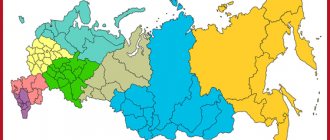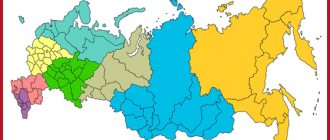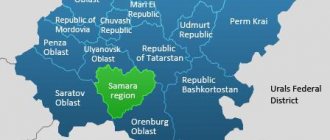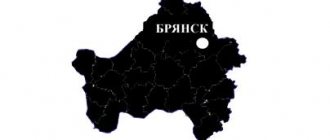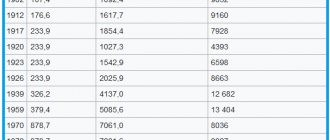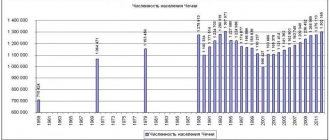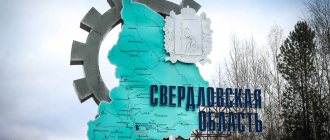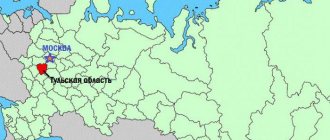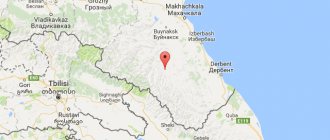Hello, dear colleague! To effectively participate in tenders (government procurement), it is necessary to narrow the search for information about ongoing tenders to a specific region or region.
Why do you need to do this? Firstly , the unified information system (www.zakupki.gov.ru) provides information on ongoing tenders in all constituent entities of the Russian Federation and tracking the emergence of new data in all regions is a labor-intensive and useless task; secondly , you need to take into account your capabilities (the company’s capabilities) to fulfill contractual obligations in the event of your victory. Suppose your company is located in Moscow, and the Customer is in the Sakhalin region, you yourself understand that these are additional costs for transportation, travel expenses, etc. Thirdly , the Customers themselves are quite skeptical about procurement participants (suppliers) from other regions and are doing everything possible to ensure that the contract goes to “their own”. Therefore, you need to clearly define for yourself where you will participate and not waste your time and energy on processing all the other information.
Below I have provided data on the federal districts and their constituent entities of the Russian Federation. I hope this information will be useful to you, because... this is the main navigation tool for searching information in the Unified Information System (UIS).
How federal districts and their centers have changed
The center of the federal district is a settlement in which the plenipotentiary representative of the head of state, his apparatus, and various coordinating bodies are located. In addition, departments of federal ministries and departments may be created in the capitals of federal districts. Decisions on their establishment are made by government agencies themselves.
Federal districts were established on May 13, 2000 by decree of Putin. Initially, seven federal districts were formed with centers in large cities: Central Federal District (center - Moscow), North-Western (St. Petersburg), North Caucasus (Rostov-on-Don), Volga (Nizhny Novgorod), Ural (Ekaterinburg) ), Siberian (Novosibirsk) and Far Eastern (Khabarovsk).
On June 21, 2000, the North Caucasus District was renamed the Southern District, while the center of the district remained in Rostov-on-Don. On January 19, 2010, a separate North Caucasus Federal District with its center in Pyatigorsk, Stavropol Territory, was separated from the Southern District.
On March 21, 2014, in connection with the formation of new subjects of the Federation - the Republic of Crimea and the federal city of Sevastopol - the Crimean Federal District was created with its center in Simferopol. On July 28, 2021, by decree of the head of state, the Crimean District was liquidated, and the constituent entities of the Russian Federation previously included in it were transferred to the Southern Federal District. On November 3, 2021, Buryatia and the Trans-Baikal Territory were withdrawn from the Siberian District and included in the Far Eastern Region.
Currently, there are eight federal districts in Russia. Almost all of their centers are located in the capitals of the constituent entities of the Federation or cities of federal significance. The exception is the North Caucasus Federal District with its capital in Pyatigorsk.
